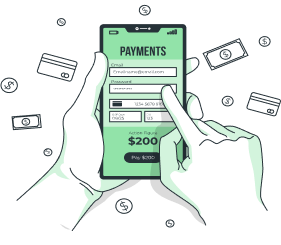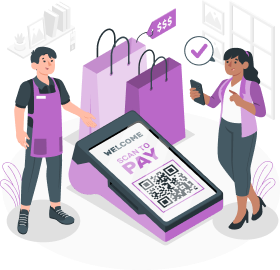1. Small Businesses:
- Small businesses, especially those with limited resources, may opt for manual payments due to simplicity and ease of handling transactions without the need for sophisticated payment systems.
2. Order Confirmation with UPI/QR Code:
- In situations where an immediate order confirmation is required, businesses may provide customers with a UPI ID or QR code for manual payment confirmation, especially in regions where online payment links are less common.
3. Limited Technology Access:
- Individuals or businesses in regions with limited access to technology or where electronic payment infrastructure is underdeveloped may resort to manual payment methods.
4. Specific Industry Requirements:
- Certain industries or sectors may have specific regulatory requirements that necessitate manual payment processes for compliance reasons.
5. One-Time or Unique Transactions:
- For one-time or infrequent transactions, setting up complex electronic payment systems may be impractical. Manual payments offer a straightforward solution.
6. Flexibility for Customized Transactions:
- Manual payments can offer a high degree of flexibility, making them suitable for unique or customized transactions that don’t fit within the standard automated payment processes.
7. Cultural Preferences:
- In some regions, there may be cultural preferences or habits that favor traditional manual payment methods, and businesses may align with these preferences.
8. Emergency or Unplanned Transactions:
- In emergency situations or unplanned transactions, where time is of the essence, manual payments can be a quick and practical solution.













